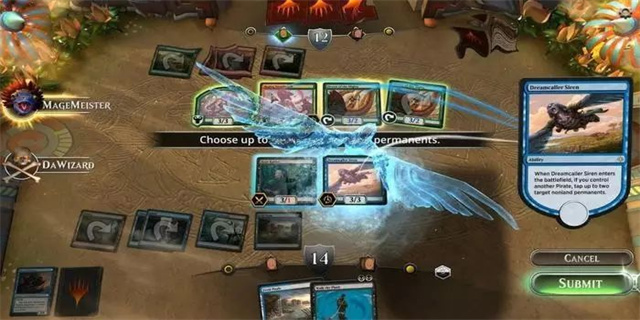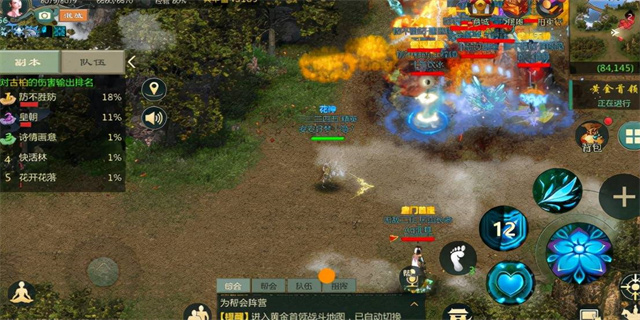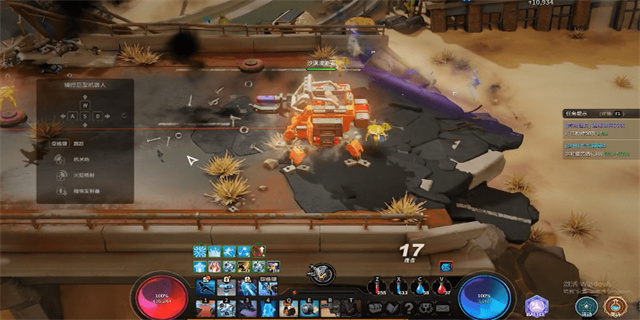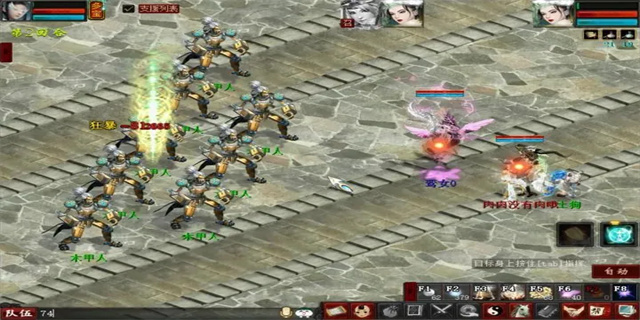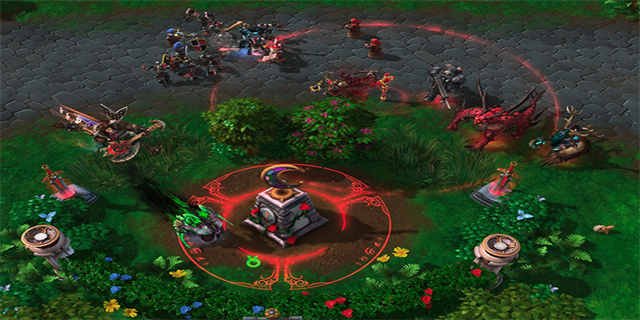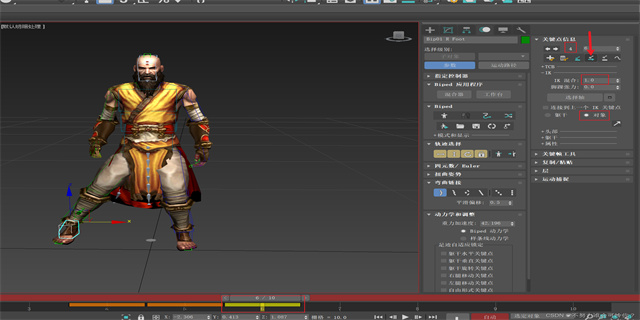Exploring the Art of Derive
Urban exploration has become increasingly popular in recent years and it's easy to understand why. It allows us to discover the hidden treasures of a city, beyond what is typically shown to tourists. One form of urban exploration that has gained traction is known as 'derive'. Similar to parkour, derive is a way to interact with the city and move through it in new and exciting ways. In this article, we'll explore what derive is, its history and why people find it so fascinating.
What is Derive?
Derive comes from the French word 'dérive' which translates to 'drift.' The concept of derive was created by two French intellectuals, Guy Debord and Ivan Chtcheglov, in the 1950s. It is a form of urban exploration where participants allow themselves to be guided by their surroundings in an unplanned and spontaneous way. The goal is to become fully immersed in the environment and to experience it in a new way.

Derive is not just about moving through the city, it's about observing and experiencing it. Participants may take note of the smell of a particular street, the sound of a particular building or the way the light falls on a certain object. The aim is not to see the city as a static object but rather as a dynamic entity that is constantly changing.
The History of Derive
The concept of derive was developed by Guy Debord and Ivan Chtcheglov in the 1950s. They were part of a movement called Situationist International, which sought to critique and change modern society. The situationists believed that by changing how people interacted with the city, they could change society.

Derive was seen as a way to subvert the dominant culture and challenge the ideas of planning and control. It was a way to break free from the predetermined paths that society had set out for us and to create new paths of our own.
Why is Derive So Fascinating?
Derive is fascinating for a number of reasons. Firstly, it allows us to see the city in a new light. We become more aware of our surroundings and notice things that we may not have noticed before. This can help us to appreciate the beauty of the city and to gain a greater understanding of its history and culture.
Secondly, derive allows us to break free from the monotony of everyday life. We are no longer shackled by routine and can explore the city in a way that is free and spontaneous. This can be incredibly liberating and can help us to reconnect with our creativity and sense of adventure.
Finally, derive is a way to challenge the dominant culture and to question the way that society is structured. By exploring the city in a new way, we can break free from the predetermined paths that society has set out for us and create new paths of our own. This can help us to become more independent and to take control of our own lives.
In conclusion, derive is a fascinating form of urban exploration that allows us to see the city in a new light, break free from the monotony of everyday life and challenge the dominant culture. Whether you are new to the concept or a seasoned professional, there is always something new to discover and explore.
